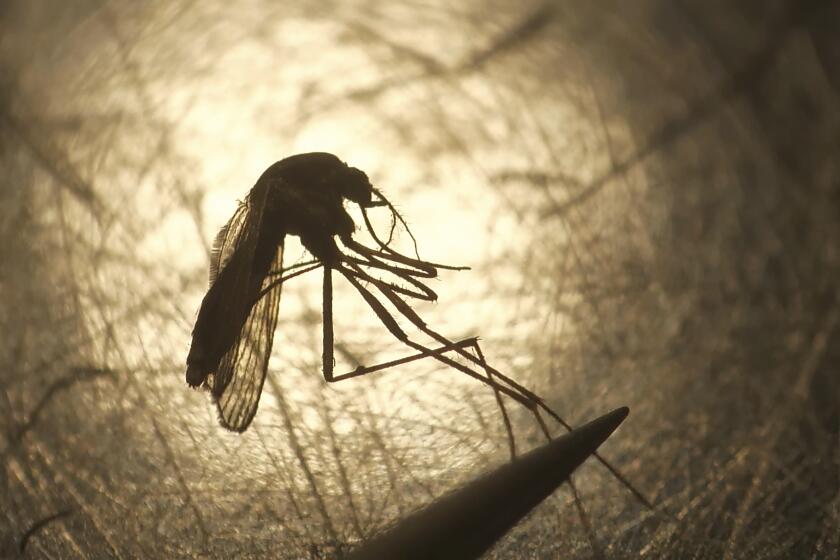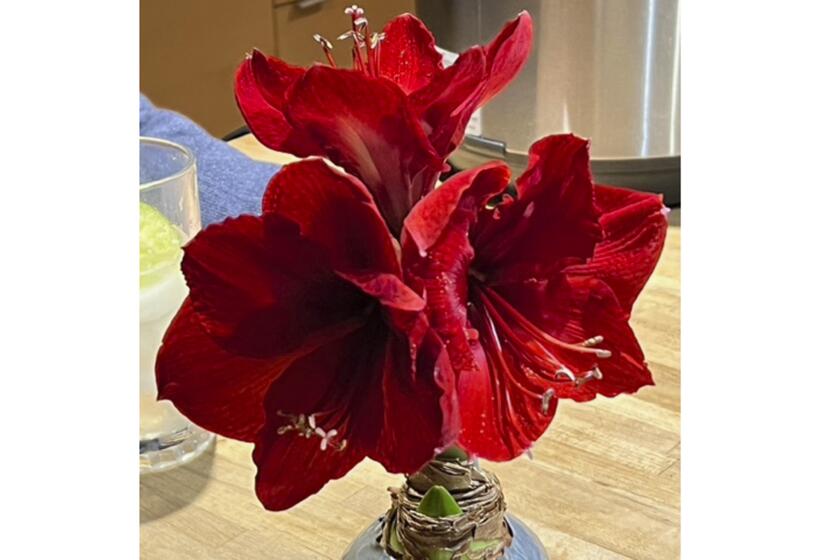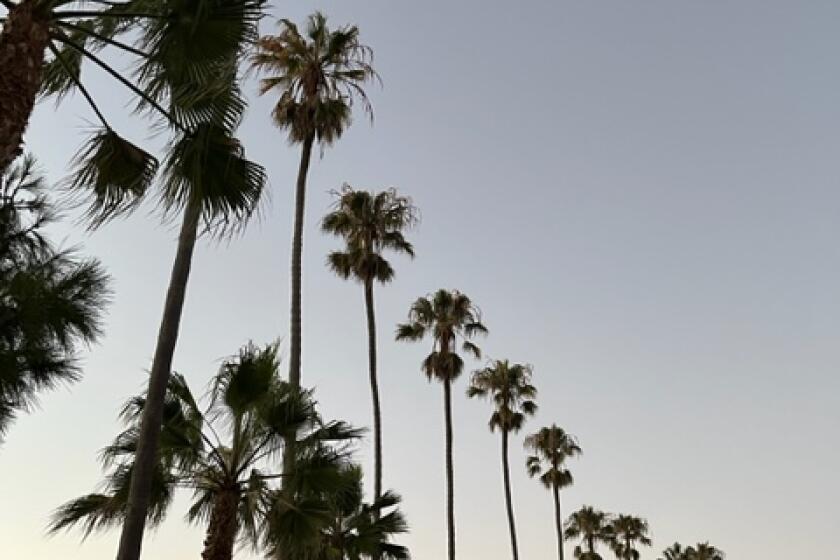Coffee with Camellia
It was a morning like other mornings and yet perfect among mornings. I was at Starbucks when Camellia walked in.
We dispensed with the social introductions, the meaningless small talk and went straight to having coffee.
Oops…sorry. I got a little distracted. This is supposed to be a gardening column, not a Steinbeck novel.
Anyway, in my version, Camellia is a plant.
Wait! Don’t jump to the obituaries yet. This gets better.
She’s a pretty plant. She drank her coffee black. Me too.
The coffee made her feel awake and energized. She could run circles around my geraniums and asparagus ferns, both of whom dislike the caffeine. That’s because coffee and their grounds are rejuvenating for her and most of her fellow botanical friends.
Her friends include azaleas, blueberries, corn, rhododendrons, roses, spinach, and tomatoes.
Used coffee grounds make great soil amendments. They add nitrogen which stimulates leaf growth, and phosphorus which is the fruiting and flowering nutrient. The grounds also add potassium which increases disease resistance, magnesium which helps with chlorophyll, and copper which develops strong stems.
The important word here is “used.” In their raw form, the acidity is high enough to damage even acid-loving plants.
Some gardeners recommend using the coffee grounds with mulches and compost. I simply apply the grounds around the plant and mix them into the soil. Nothing fancy.
If the nightly news is on, this entire process can be accomplished in between commercials, which seem to be the longest and most numerous of any TV program.
However, you shouldn’t leave the coffee grounds on top of the soil because the air causes them to dry out. Dried coffee grounds repel water.
So, how much coffee is too much?
According to Lyle Austell-Slayer, a San Diego Master Gardener, “San Diego soils and water tend to be on the alkaline side. So, when we can add the right amount of acid, we should.”
She adds, “What is the right amount? That depends. I have a small kitchen garden right outside my kitchen door which has received daily applications of coffee grounds. Would you believe that soil is still above pH 8? I still must amend with soil sulphur and cottonseed meal.”
Briefly, pH stands for potential hydrogen. It’s a scale that shows the acidity (or alkalinity) of the soil. A value of 7 is neutral. Above 7.0 is alkaline; below is acidic.
For you people without a sense of smell, you can compost equal amounts of grounds, grass clippings and dried leaves. I love my neighbors too much to subject them regularly to the earthy aroma, or as they call it…killer stench.
Many gardeners insist that coffee grounds repel unwanted pests, such as slugs and snails. My backyard smells like a coffee factory and I still see snails, rabbits and of course, my little buck-toothed gopher friends.
Not a coffee drinker? Not a problem. Stop by Starbucks, Peets, or a restaurant and ask for their used grounds. Ask them if they have any other free stuff.
Coffee is good for your garden. So drink up and share a cup or two with Camellia and her friends.
OK, now you can jump to the obituaries.
A Poway resident, Schmidt has 40 years of gardening experience.





